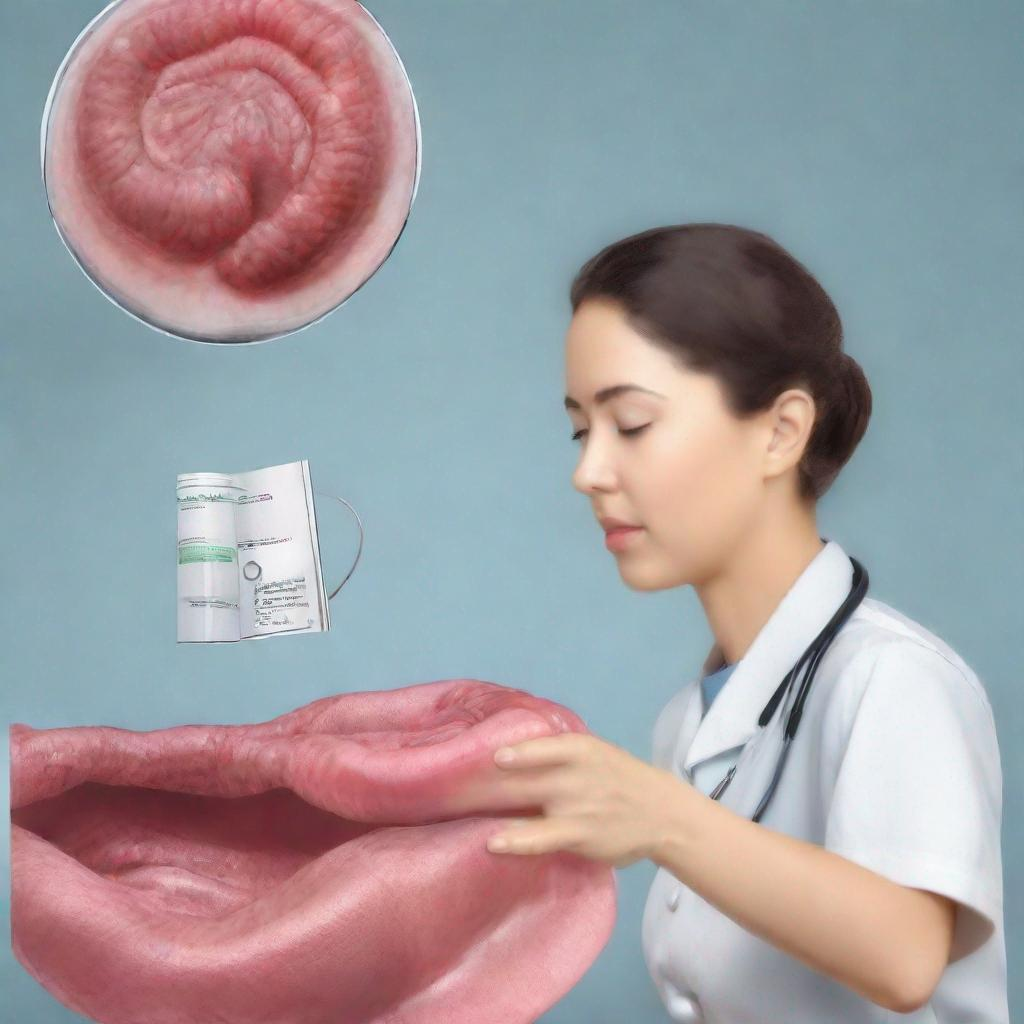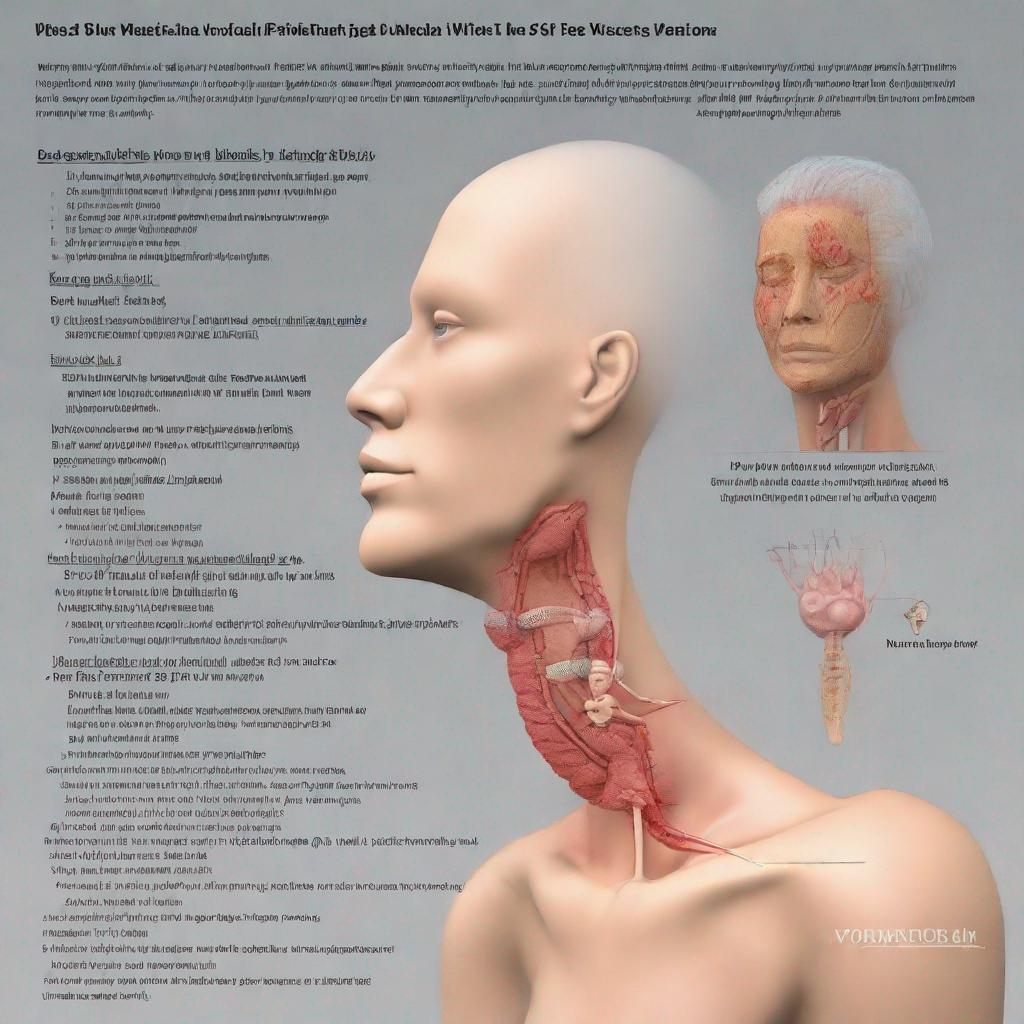## Colonoscopy: A Comprehensive Guide to the Medical Test
### Introduction
Colonoscopy is a medical test that allows doctors to examine the inside of the colon and rectum. It is used to diagnose and treat various diseases and conditions affecting the lower gastrointestinal (GI) tract.
### Procedure
During a colonoscopy, a thin, flexible tube called a colonoscope is inserted into the rectum and advanced through the colon. The colonoscope is equipped with a camera that allows the doctor to view the lining of the colon and rectum on a monitor.
The procedure typically takes about 30-60 minutes. It is performed by a gastroenterologist or colorectal surgeon.
### Diagnosis
Colonoscopy can be used to diagnose various conditions and diseases, including:
– **Colorectal cancer:** Colonoscopy is the most effective way to detect colorectal cancer at an early stage, when it is highly treatable.
– **Colon polyps:** Colon polyps are small growths that can develop on the lining of the colon. Some polyps can become cancerous, so it is important to remove them during a colonoscopy.
– **Diverticulitis:** Diverticulitis is a condition in which small pouches (diverticula) form in the colon.
– **Inflammatory bowel disease (IBD):** IBD is a group of conditions that cause inflammation in the digestive tract. Colonoscopy can help diagnose and monitor IBD.
– **Irritable bowel syndrome (IBS):** IBS is a common condition that causes abdominal pain, diarrhea, and constipation. While colonoscopy cannot diagnose IBS, it can rule out other conditions that may be causing the symptoms.
– **Ulcerative colitis:** Ulcerative colitis is a type of IBD that causes inflammation and sores in the lining of the colon.
– **Crohn’s disease:** Crohn’s disease is a type of IBD that can affect any part of the digestive tract, including the colon.
### Importance
Colonoscopy is an important test for individuals at risk for colorectal cancer or other colon and rectal conditions. It allows doctors to detect and diagnose these conditions early, when treatment is most effective.
### Alternatives
In some cases, stool tests may be used to screen for colorectal cancer. However, stool tests are not as accurate as colonoscopy and may miss some polyps or early-stage cancers.
### Preparation
Before a colonoscopy, you will need to prepare your colon by clearing it of stool. This is typically done by taking a laxative or enema. You may also need to follow a special diet for a few days before the test.
### Duration
The colonoscopy procedure itself typically takes about 30-60 minutes. However, the preparation process can take several hours or even days. You will typically receive the results of your colonoscopy within a few days.
### Recommendations
Following a colonoscopy, your doctor may recommend additional tests or procedures, such as:
– **Virtual colonoscopy:** This is a non-invasive test that uses X-rays to create images of the colon.
– **Sigmoidoscopy:** This is a less invasive procedure that examines the lower part of the colon.
– **Colonoscopy with biopsy:** This is a colonoscopy that includes the removal of small tissue samples for examination.
– **Colonoscopy with polypectomy:** This is a colonoscopy that includes the removal of colon polyps.




